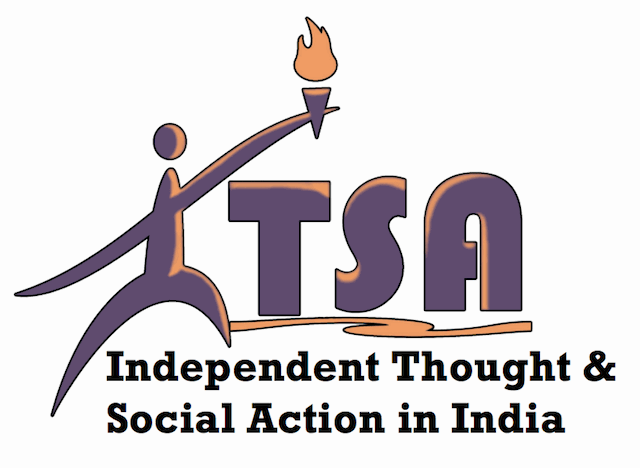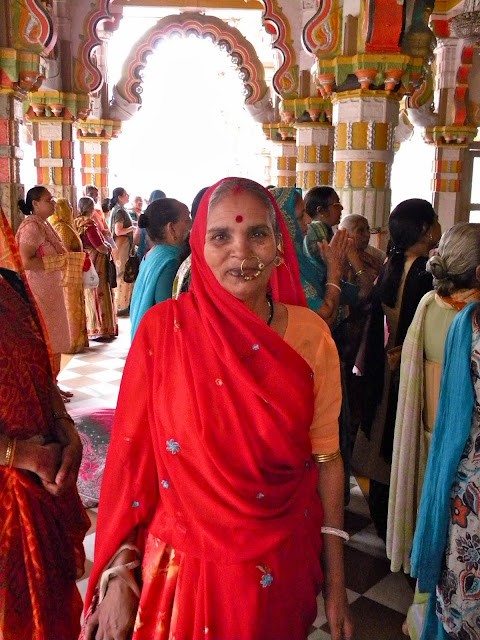Rajvi Patel, a student who was part of the ITSA workshops recently wrote us the most touching letter. This is really encouraging to see, and these sentiments from our students are what keeps us going:
"The entire experience of ITSA was mind blowing. The workshops were great; there were so many activities involved. We played interactive games, had discussions and the program helped increase our awareness about the socio-economic conditions of our country. I now know that we are the future leaders of our country and this workshop helped me realize it.
The ITSA workshops are completely different from how we function at school.School is based on being disciplined, which makes it difficult to express ourselves the way we truly want to. We sit in front of a teacher lecturing while we try our best to stay awake in class, Our dialogue in class, revolves around questions we have about our textbook material. ITSA made sure that we were truly using our mind and our own perspective to communicate. It was a platform to present ourselves with no restrictions or guidelines about how we SHOULD think. Not once during the workshops did I feel sad or left out; the atmosphere was cheerful and merry. It was Knowledge with fun and helped me truly grow!
In the ITSA workshops it didn't feel there was the teacher, as the disciplinarian, and the restof us were the students and receivers of information. We were all a big group of friends; that’s how it felt. This made for a healthy atmosphere and an open environment. The whole workshop taught me more than I had imagined to begin with; improving me as a thinker, being able to converse easily, a smile all the time, and so much more. My life has changed completely because of ITSA. I used to be a little shy and I couldn’t converse as easily before, but now, I have found my voice and more confident. It is because of ITSA that I believe in myself more than ever before and because of that self confidence, people believe in me.
My favourite activities were the Boat activity because it involved a lot of discussion as we determined who we saved. We were all expressing ourselves freely without thinking twice and without censoring ourselves. The video activity involving the discussion of a movie clip was also interesting as we discussed the different characters in detail. The activities I liked were all based on freely communicating our thoughts and perspectives without any boundaries to restrict us.
I truly believe in the message of critical thinking that ITSA brings to us and I will try to spread its message and values wherever I go. I believe ITSA is truly awesome and deserves to be recognized. It helped me so much and I honestly think it can do wonders for so many others. Thank you ITSA!"
Written by: Rajvi Patel, 9th Grade
Edited by: Ashni Tripathi
 |
| Rajvi, hard at work on her identity chart, reflecting on changes in her identity. |
The ITSA workshops are completely different from how we function at school.School is based on being disciplined, which makes it difficult to express ourselves the way we truly want to. We sit in front of a teacher lecturing while we try our best to stay awake in class, Our dialogue in class, revolves around questions we have about our textbook material. ITSA made sure that we were truly using our mind and our own perspective to communicate. It was a platform to present ourselves with no restrictions or guidelines about how we SHOULD think. Not once during the workshops did I feel sad or left out; the atmosphere was cheerful and merry. It was Knowledge with fun and helped me truly grow!
In the ITSA workshops it didn't feel there was the teacher, as the disciplinarian, and the restof us were the students and receivers of information. We were all a big group of friends; that’s how it felt. This made for a healthy atmosphere and an open environment. The whole workshop taught me more than I had imagined to begin with; improving me as a thinker, being able to converse easily, a smile all the time, and so much more. My life has changed completely because of ITSA. I used to be a little shy and I couldn’t converse as easily before, but now, I have found my voice and more confident. It is because of ITSA that I believe in myself more than ever before and because of that self confidence, people believe in me.
My favourite activities were the Boat activity because it involved a lot of discussion as we determined who we saved. We were all expressing ourselves freely without thinking twice and without censoring ourselves. The video activity involving the discussion of a movie clip was also interesting as we discussed the different characters in detail. The activities I liked were all based on freely communicating our thoughts and perspectives without any boundaries to restrict us.
I truly believe in the message of critical thinking that ITSA brings to us and I will try to spread its message and values wherever I go. I believe ITSA is truly awesome and deserves to be recognized. It helped me so much and I honestly think it can do wonders for so many others. Thank you ITSA!"
Written by: Rajvi Patel, 9th Grade
Edited by: Ashni Tripathi




























